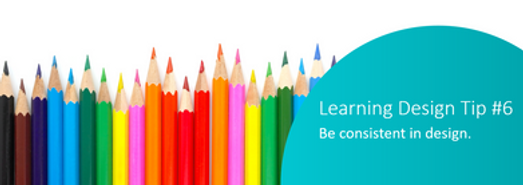From
Consistency can sometimes have a bad name. It may sound conservative, repetitive … boring. But it doesn’t have to be, if you understand that consistency doesn’t have to mean monotony. When we’re continually bombarded by novelty and change, consistency can bring a sense of comfort and familiarity in an otherwise manic world.
Consistency in learning design is repeatable, predictable and ‘makes sense’ to participants. It is about designing so that participants feel they are in the same learning space throughout the experience. When you’re encouraging people to step out of their cognitive comfort zone in order to learn, it helps if the learning environment feels reliable and familiar, creating a safe space in which to explore new content and ideas. There are some simple ways to achieve this that the team at
Learning design.
All the elements of the learning design need to be considered together and integrated to make sure they work seamlessly for participants. For example, if the design includes an eLearning module, a workbook and a video, it should be obvious to learners how they are meant to use all of these components to learn.
Using the established software engineering tradition of Design Patterns, there are conventions for how common learning designs like scenario-based learning and diagnostic training should work.
Visual and UX design.
If your
Similarly, follow well-established user experience (UX) conventions when designing screen layouts and interactions. For example, in scenario-based learning make sure that the characters stay in the same positions on the screen (unless they’re moving in the scenario!).
Writing style.
At
Behind all these considerations is
A consistent, cohesive design creates a feeling of quality and reassurance. It’s not about bespoke designs for every screen or, conversely, monotonous same-ness.
Interested in a deep dive?
- Consistency often has a bad name, but not in this article: The Virtue of Consistency
- Now that you’re mindful of consistency, what can you do? eLearning Industry
- Connie Malamed explore the ideas of cognitive load
What will you do?
Take some time to review your last project according to the criteria of consistency in:
- learning design
- visual and UX design
- writing style.
Are there any areas where inconsistent design is creating extra cognitive load?
Get it touch!
Contact us at easyA to explore how our learning solutions design team can work with your organisation: www.easyauthoring.com

